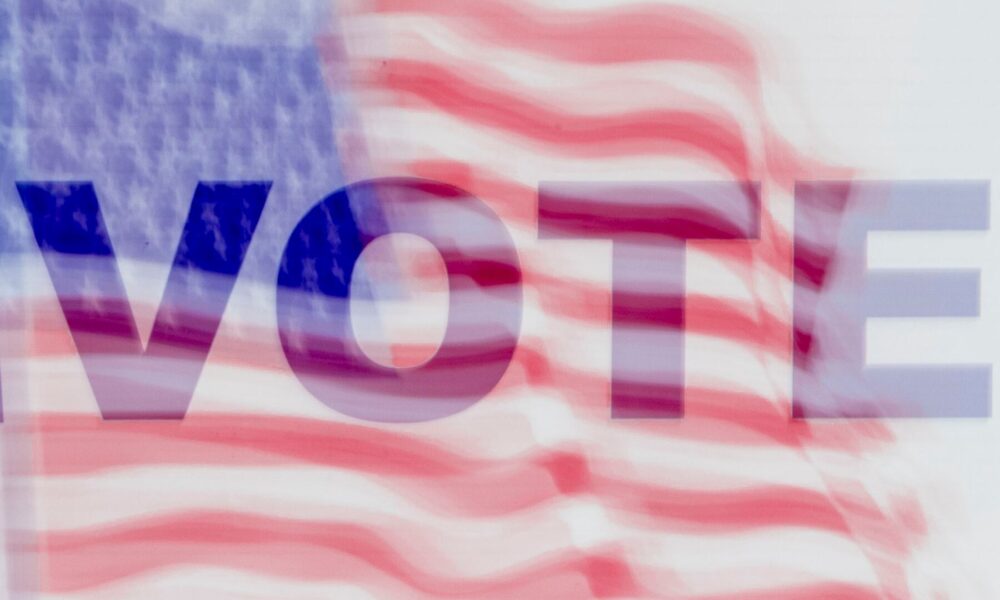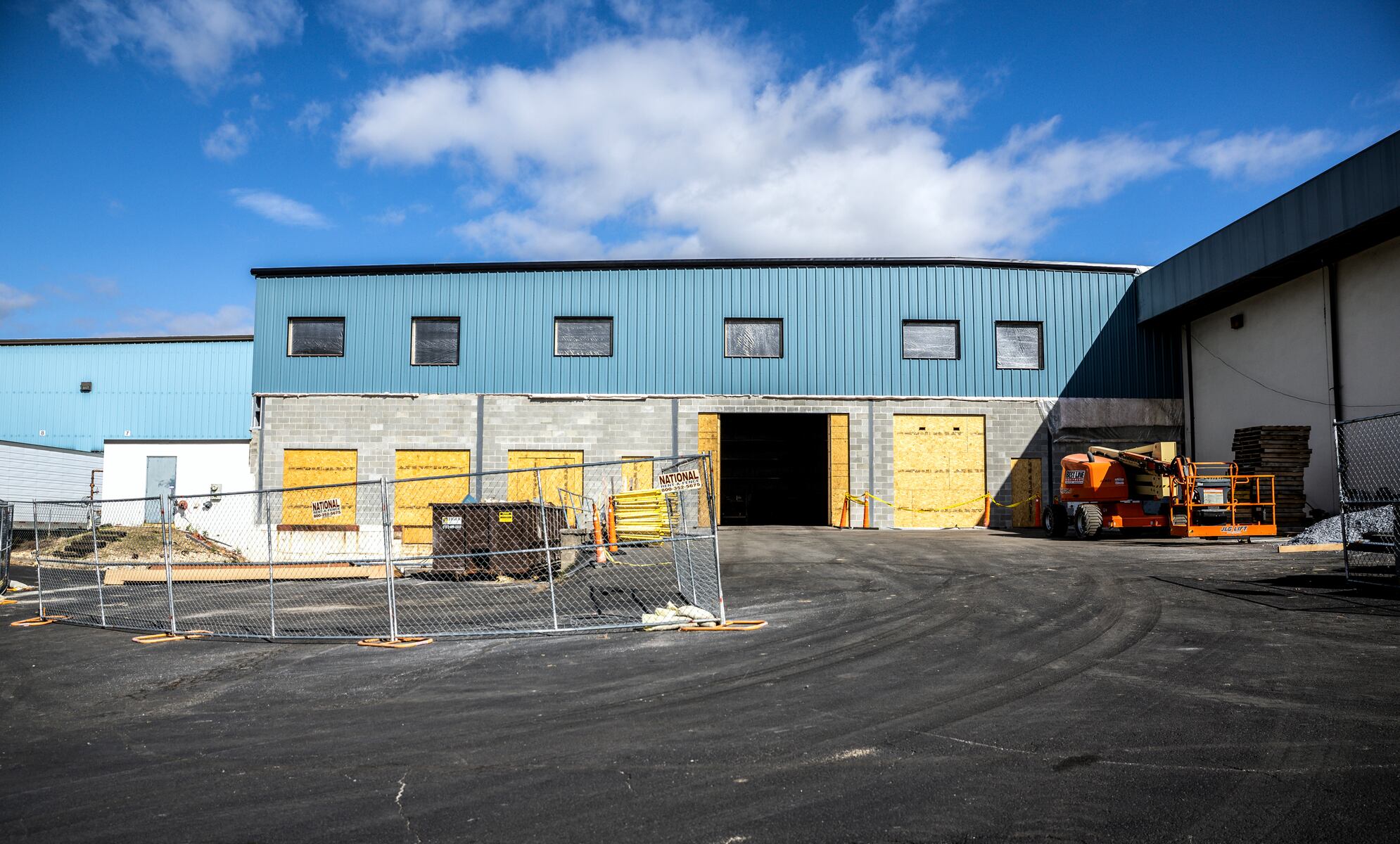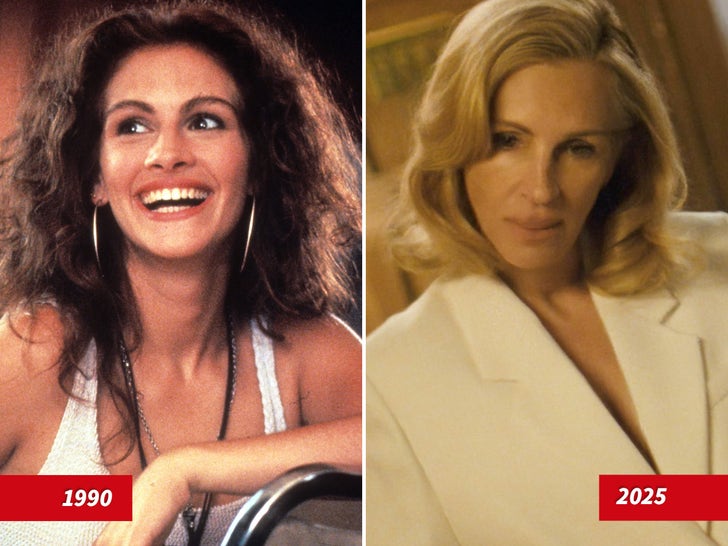URGENT UPDATE: The latest showdown between the **Tamron 16–30mm f/2.8** and **Sony 16–25mm f/2.8** reveals critical tradeoffs for photographers and videographers needing versatility in tight spaces. This just released comparison dives into the performance differences, with immediate implications for anyone looking to upgrade their gear.
Wide-angle lenses are essential for capturing stunning landscapes, urban scenes, and dynamic video shots. The Tamron lens, priced at **$929**, offers a broader **16–30mm** range compared to Sony’s more compact **16–25mm** lens, which retails for **$1,398**. This information is crucial for budget-conscious creators who demand quality without compromising on features.
Both lenses provide maximum apertures of **f/2.8**, but the Tamron edges out in corner sharpness, while the Sony shows slightly better detail in the center. Users who often shoot at **f/8** will notice excellent crispness across the board, vital for professional work where image clarity is non-negotiable.
The Tamron lens features an internal zoom design, ensuring consistent handling, especially valuable for gimbal setups. In contrast, the Sony lens extends during use, but both maintain a manageable size and weight—just **1 lb** for the Tamron and similar for Sony. With a **67mm filter thread**, the Tamron keeps costs down for accessories, a significant advantage for those who wish to save on additional gear.
Both lenses lack optical stabilization, meaning users must rely on their camera body for steady shots, particularly important for handheld video. Autofocus performance is impressive in both, with Tamron’s system noted for being quiet and confident, while Sony’s native autofocus locks in swiftly.
Why This Matters NOW: For videographers who depend on fast-paced shooting, the Tamron’s extended focal length provides extra versatility, particularly for landscapes or cityscapes where the wider view can capture more detail. The **$469 price difference** makes Tamron a compelling choice for those who can forgo the native perks of the Sony in favor of broader range and cost-effectiveness.
As the debate continues among professionals, the **Sony 16–25mm f/2.8 G** remains a strong contender for users looking for seamless integration with Sony bodies, especially in burst shooting scenarios, which are capped at **15 frames per second** with third-party lenses. Creators weighing their options must consider their shooting style and whether the benefits of the Sony lens justify the price tag.
In terms of bokeh, both lenses deliver beautiful results, with the Tamron providing slightly smoother highlights, while the Sony excels in crisp sunstars. Flare control is notably better in the Tamron, ensuring that contrast remains strong even when shooting towards light sources.
The choice between these two lenses ultimately comes down to specific user needs and shooting conditions. As the market for photography and videography gear continues to evolve, these insights into the Tamron and Sony offerings provide immediate relevance for creators looking to make informed purchasing decisions.
This in-depth analysis is essential for anyone in the photography community, as it highlights the practical implications of lens choices in real-world scenarios. With insights from **Alex Cooke**, a Cleveland-based photographer, this comparison aims to empower users to select the right tool for their artistic vision.
Stay tuned for further updates as more users test these lenses in various conditions, potentially reshaping the conversation around wide-angle photography gear.







